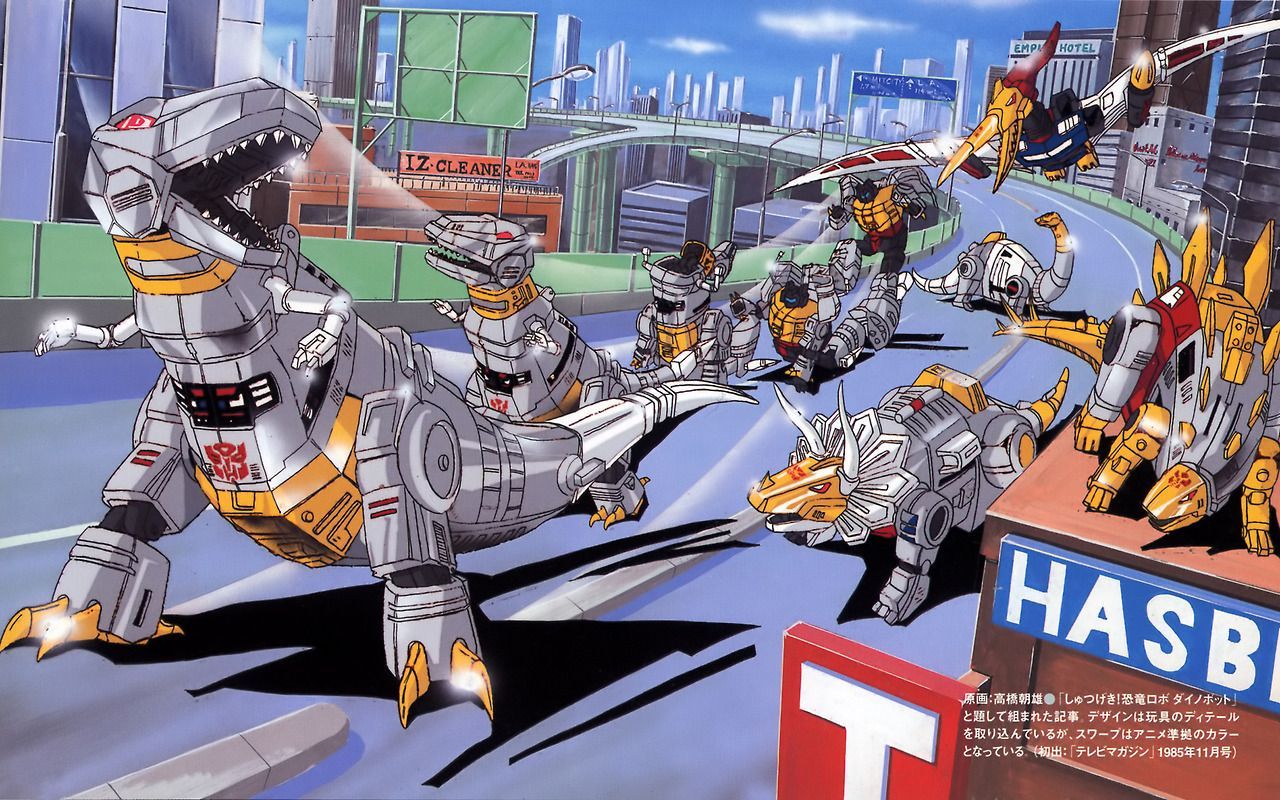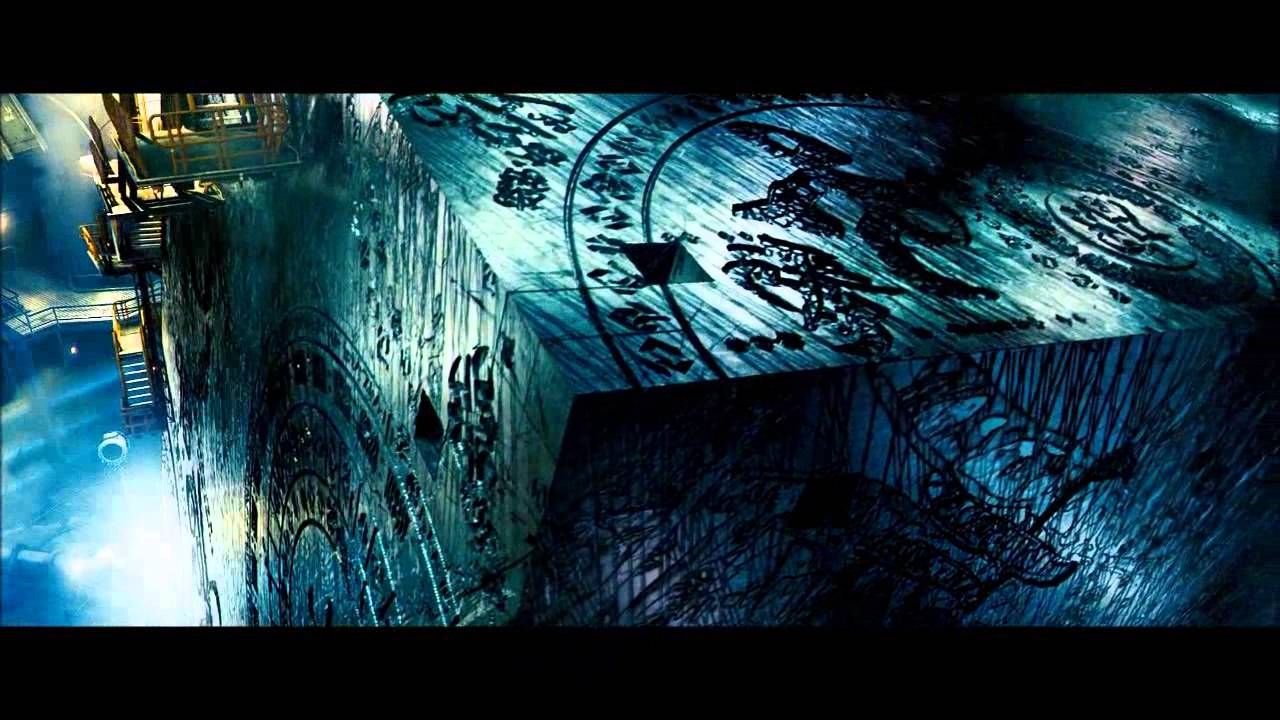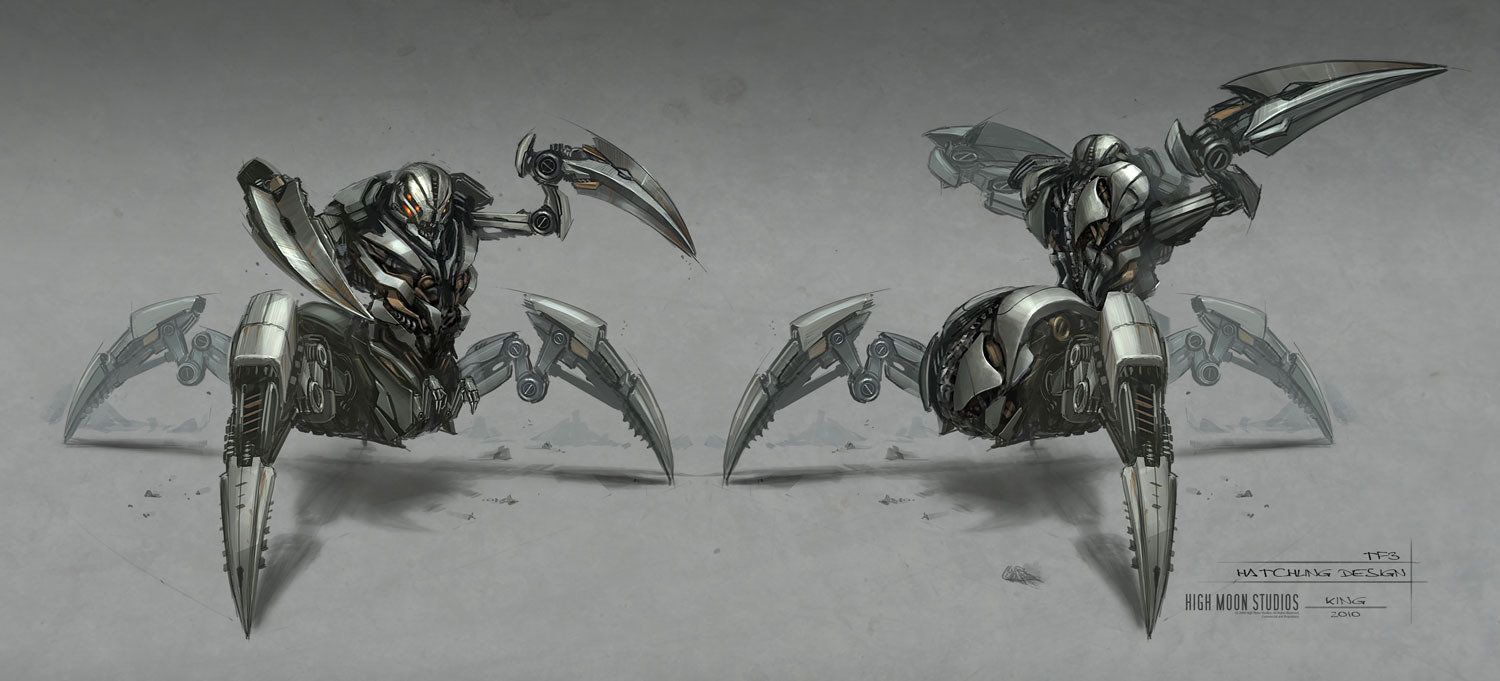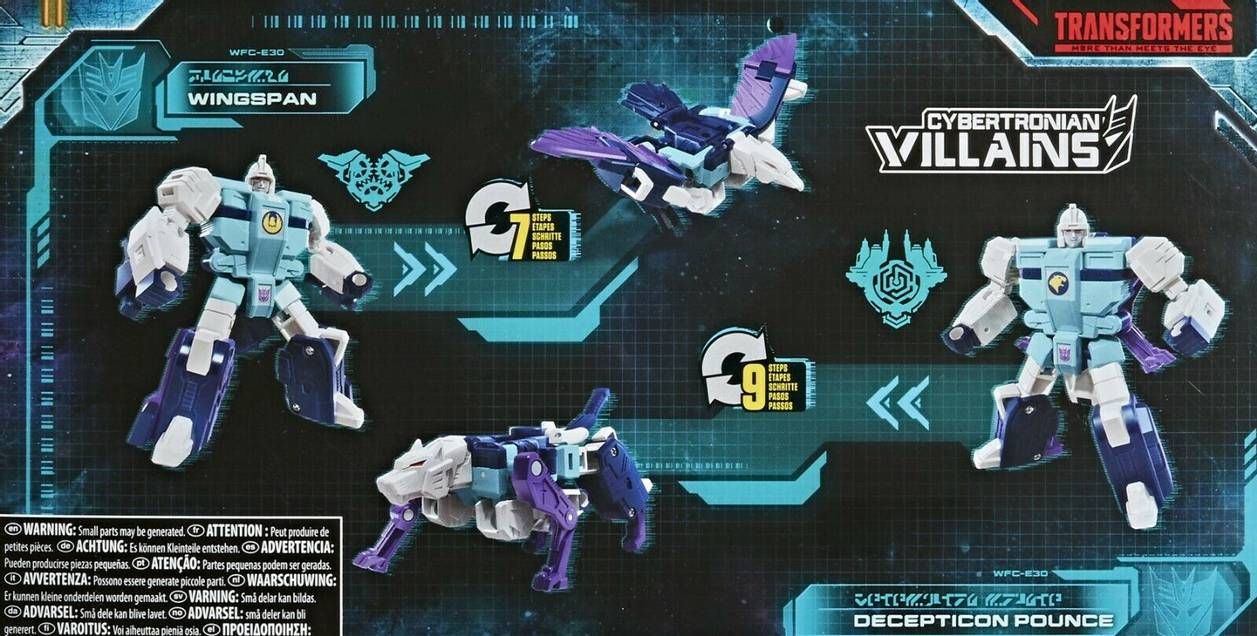Though Transformers are robotic creatures, their means of reproduction are not exactly as simple as building new members of their species. The franchise's countless continuities have given a variety of explanations as to how the Cybertronian race reproduces.
While some are rather simplistic in nature, others involve quasi-mystical and religious elements of the long-running series. Here are some of the several surprisingly safe for work ways in which Transformers have reproduced over the years.
Build-a-Bot
The most basic way that Transformers have been shown to increase their number is by simply building more robots. This can be seen in Season 1 of the original 1984 Generation 1 cartoon, where the Autobots simply build the Dinobots after becoming curious about Earth dinosaurs. Similarly, when Dinobot leader Grimlock briefly becomes hyper-intelligent in Season 3, his newfound brilliance allows him to essentially whip up the Technobots out of nothing. As the cartoon and the franchise would develop, however, more abstract and complicated explanations would be used to explain how this complex race of robots come to life. Some would build on concepts of the cartoon, whereas others would fall into an almost mystical category.
Mystical Conception
Starting with later episodes of the original cartoon, Transformers would require an energy infusion from a powerful ancient object to be brought to life. The first of these was the cartoon's spherical supercomputer Vector Sigma, which would transmit life to robots through the Key to Vector Sigma, the receptacle of its power. This would be used by Megatron to imbue the Stunticons with life. Starting with 1996's Beast Wars cartoon, Transformers were retroactively explained as having Sparks, which were their central life forces contained within their chests like hearts. Subsequent retcons would also link Vector Sigma with the spark of Primus, the Transformer creator god himself. Conversely, it explained that Vector Sigma would create a robot's spark when it gave them life. The show would also introduce the concept of Transformers beginning life as primordial liquid protoforms, which already held sparks and were housed in stasis pods until scanning an alternate mode and being reconfigured into a more permanent appearance.
The live-action movie series had the cuboid Allspark being the progenitor of their race, though later generations would seemingly be created through other, more complex means. The technology of Earth turned into Transformers by the Allspark were all bestial, chaotic creatures with little in terms of intellect or personality.
The exact origins and initial life stages of Transformers were somewhat glossed over in 2000's Robots in Disguise, the Unicron Trilogy and 2008's Transformers: Animated, though concepts such as sparks and protoforms were kept. The Unicron Trilogy eventually revealed that their signature new race of Transformers called Mini-Cons were not actually Cybertronian in origin, but created through Unicron's own body to act as his cells. Animated also had its own version of the Allspark, though it physically and narratively bore more resemblance to the Matrix of Leadership of the original cartoon and comic book. Its power could turn Earth technology into spark bearing Transformers, though the results were far more intelligent and varied than in the movie continuity. Likewise, most Transformers in this universe begin as protoforms before gaining their sparks through exposure to the light of the Matrix Chamber.
The Aligned continuity of Transformers: Prime glossed over a mystical object or process to explain Transformer origins, though it still had the trappings of a mystical experience. New protoform's sparks would be harvested from the Well of Allsparks, which was created upon Solus Prime's murder. Her body bonded with the core of Cybertron, just as Primus' had upon defeating Unicron and became a vessel through which other Transformers are born.
Transformers: Cyberverse had a version of the Allspark similar to the one in the movies, through which the Cybertronian race as a whole was born. Megatron planned to use it to create an army of Decepticons, prompting Optimus Prime to eventually send it to Earth. This concept and storyline would also be used in the recent Transformers: War for Cybertron Trilogy - Siege.
Hatchlings
2009's notoriously panned film Transformers: Revenge of the Fallen introduced the strange concept of Transformer hatchlings. These small robots hatch from pods before growing on a diet of metal and minerals. It's not explained exactly how they become full-sized Transformers and given their use in the film and the concept art, it's possible that this life stage is only for the Decepticons. Like many elements of the film series, this had essentially no basis in any other continuity, and despite being an arguably important plot point, is never fully addressed in subsequent movies.
Cloning
One concept that has been expounded upon further since the days of Generation 1 is that of cloned Transformers. In the fiction, this is explained as a Transformer spark being literally split in two, either intentionally or through some sort of freak accident. The results create Transformers with mostly identical robot modes and color schemes, though their alternate modes will likely be different. Notable examples of this are the Autobots Fastlane and Cloudraker, as well as their Decepticon rivals Wingspan and Pounce.
A more recent example of this is Starscream in Transformers: Animated and Transformers: Prime. There, he would implant his own design and consciousness upon a number of protoforms, all with varying degrees of fidelity to his own look. The clones in Prime all looked exactly like Starscream, but in Animated, they had different color schemes and were effectively different characters in a narrative explanation for repainting Starscream to create other Seekers within the franchise's various toylines.





